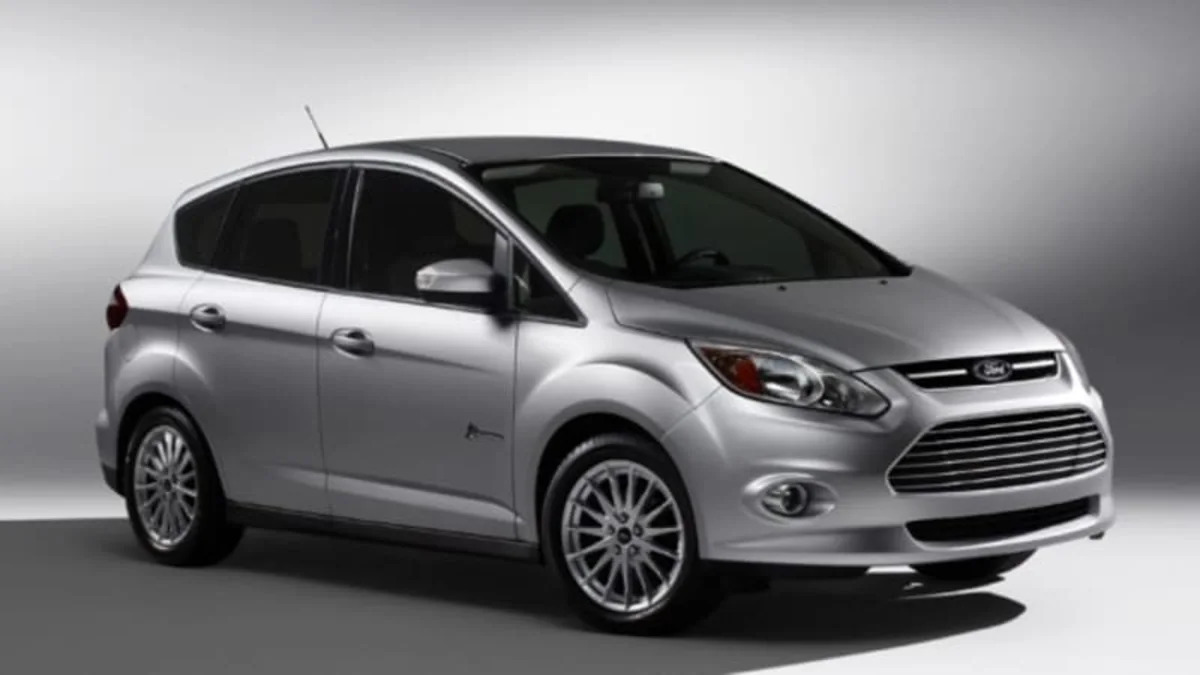2013 Ford C-Max Hybrid – Click above for high-res image gallery
Even though there are more hybrids on the market today than ever before, automakers still need to squeeze more cost savings out each one, whether that be by economies of scale or by developing technology in-house. That's the strategy that Ford is using, says Sherif Marakby, the company's director of electrification programs and engineering. With each next-generation hybrid system, Ford aims to cut cost and, according to Automotive News, the hybrid setup in the 2013 C-Max Hybrid will cost 30 percent less than the hybrid hardware found in the 2010 Ford Fusion Hybrid.
How is Ford reducing costs? Well, according to Hybrid Cars, the automaker's cost-cutting strategy works something like this:
- Ford developed its own in-house battery system that will be manufactured at the automaker's Rawsonville, MI, plant next year. Ford developed everything for the system, from the tooling to the wiring, sensors and controls. All the components are assembled by Ford in its facility. (Battery cells come from Compact Power.)
- Ford developed its own hybrid transmission, which will be manufactured at a suburban Detroit plant.
- Ford also brought system integration and software development in-house. The software can control battery and motors, as well as the total system, to achieve maximum efficiency.
- All the parts used for hybrids and other electric-drive vehicles are made common, and software and control systems are re-used as much as possible.


Sign in to post
Please sign in to leave a comment.
Continue